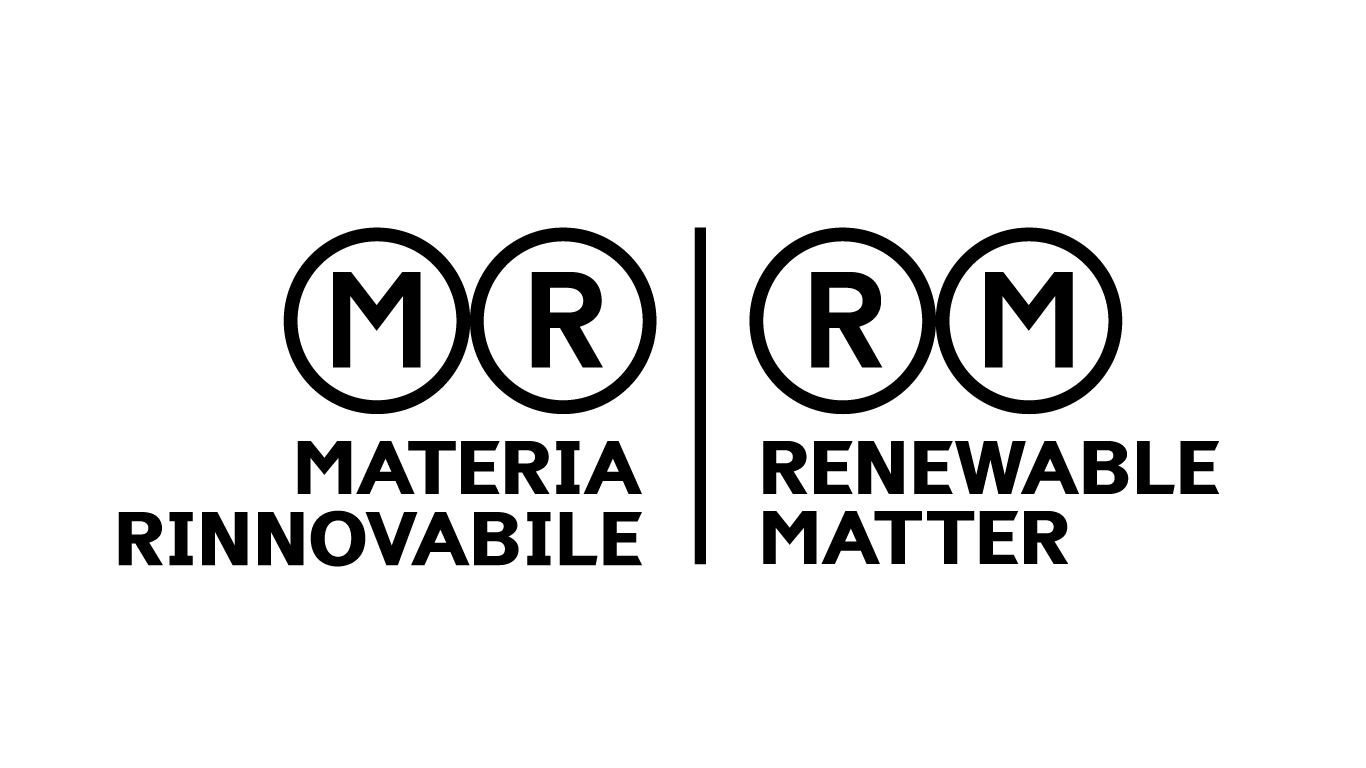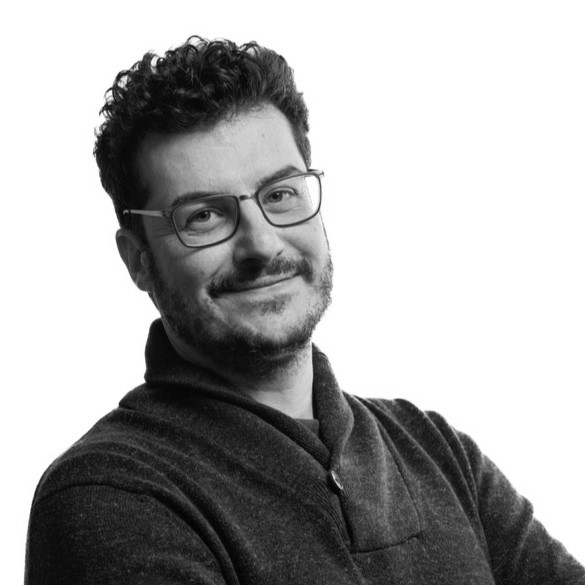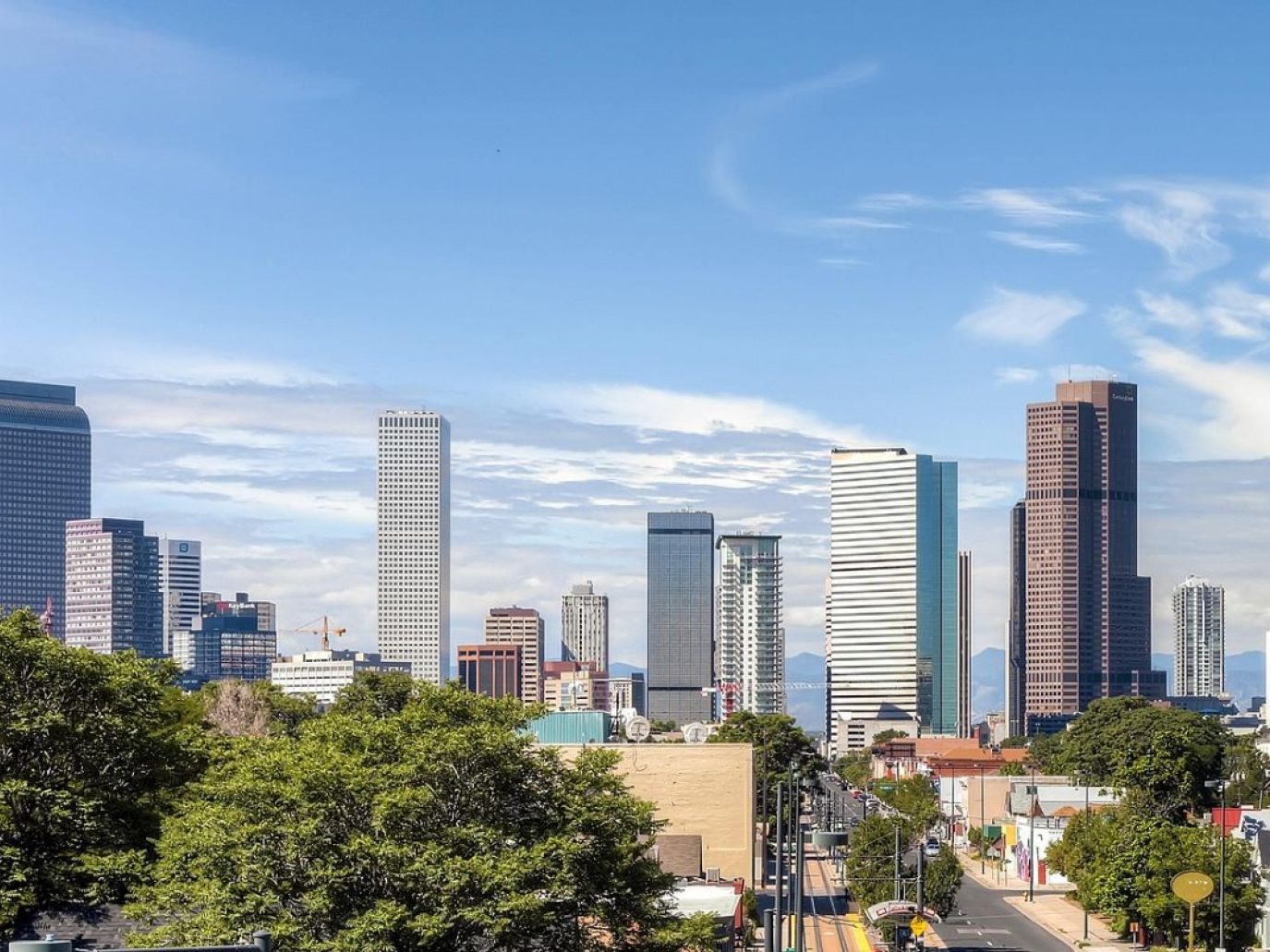This article is also available in Italian / Questo articolo è disponibile anche in italiano
From Denver - The fifth edition of Circularity, the American event organised by the Trellis group (formerly GreenBiz), unmissable for those working in the circular economy field, came to a close on the 1st of May. More than 1,200 participants gathered at the Colorado Convention Center in Denver (USA).
For three days, between countless panels, networking breaks, lunches, yoga sessions, and guided tours, discussions focused on transition strategies, new business models, and the importance of innovation in redesigning entire value chains.
Very little was said about political scenarios—almost nothing, in fact—with broader debates about the future of the American economy left aside in favour of a focus on practices in businesses and territories. “What can be done locally must be done, to hell with Trump,” commented a participant from a company who asked to remain anonymous. “These days, you never know.”
As in every edition of Circularity [Renewable Matter is a Community Partner of Circularity25, editor’s note] attention was directed above all towards the world of business and multinationals, from fashion to packaging, construction to food, with major names such as PepsiCo, Target, Microsoft, eBay, Google, Crocs, Lenovo, Starbucks, Coca-Cola and Cisco.
It isn’t only grand corporate strategies that are in the spotlight; discussions around the role of institutions and regulation are increasingly taking up space. “EPR schemes, like the one we have here in Colorado, are attracting growing interest,” explains Morgan Bachman, Operations Coordinator at the Circular Action Alliance of Colorado, the organisation responsible for implementing EPR systems in six US states. “Alongside packaging EPR, we’ll soon be voting on the first EPR scheme for WEEE and batteries.”
It matters little if the White House is not interested in circular economy or environmental topics and is more focused on acquiring new mineral exploration rights in Greenland or Ukraine. Local and state administrations are moving ahead on their own. Too bad for those left behind.
There was also a strong presence from the chemicals sector, from industry giants like Dow Chemicals and BASF to major figures in science, such as John Charles Warner, one of the founding fathers of green chemistry and now President and Chief Technology Officer of the Warner-Babcock Institute for Green Chemistry. “The future we want must see engineers creating recycling technologies working alongside chemists producing materials. We are seeing progress in both fields around the world, but they aren’t speaking to each other, and this is slowing the circular economy down,” he told Renewable Matter in an interview.
For Warner, the future lies not only in chemical transformations, but also in materials made from synthetic biology. "The microorganism not only creates molecules, but also digests them. So I think the future will be in synthetic biology. The problem at the moment is that if you look at the literature there are a lot of incredible things, but they are all at laboratory scale, they are not industrially scalable and not yet cost-effective."
AI, sorting and marketplace
As in every sector, AI technologies were a major talking point at Circularity25. Among the companies in attendance was Circular.co, with its marketplace for recyclable materials. “We are a software platform that uses artificial intelligence to gather data on materials available globally, particularly recycled plastics, which is a market that remains fragmented and lacking in transparency,” CEO Shannon Gordon told Renewable Matter. “AI codifies and standardises information, making it accessible to buyers. In just a few minutes, we can identify suppliers able to meet specific requirements, simulating the entire procurement process.” Among the company’s clients is the Italian firm Stellantis.
The most interesting presentation, however, came from Google, with its research into AI and the circular economy, led by X – The Moonshot Factory, the company’s advanced research division (the same team behind the self-driving Waymo taxis, for context). At the heart of the project is AI’s ability to perform sorting at an exceptionally high level, down to the molecular scale, recognising every type of plastic, film, and even additives.
“We identified the lack of structured data, particularly at the molecular level, as the main barrier to efficient plastic recycling,” explains Rey Banatao, project lead at X – The Moonshot Factory (it was originally just called X, then Elon Musk came along, he explains ironically). “To bridge this gap, we have developed a proprietary database using spectroscopy, analytical chemistry, machine learning, and AI on Google infrastructure. Our models, trained on millions of datapoints, can recognise the chemical composition of packaging in real time on sorting lines.”
The system developed by X – The Moonshot Factory enables waste to be classified according to its molecular components, including complex materials such as black plastics. “The goal is to enable advanced mechanical and chemical recycling, as well as to facilitate material reuse and redesign, closing the material loop,” he concludes. Perhaps even achieving an omnisorting model, vital for those countries that still lack adequate recycling infrastructure (including many US states).
Critical Raw Material
You can’t talk about the circular economy without talking about Critical Raw Materials. On the second day of Circularity25, the United States and Ukraine signed an agreement to establish the "United States-Ukraine Reconstruction Investment Fund", granting the US privileged access to the development of Ukraine’s natural resources, including aluminium, graphite, oil, natural gas, and rare earths such as lithium and titanium.
“The country needs to prioritise onshoring, both in the private and public sectors, to reduce market volatility, strengthen resilience, and create economic opportunities,” Anita Schwartz, President of Circularity Consulting and chair of the session The Case for Onshoring Critical Mineral Processing, told the Circularity audience. “But the issue of raw material processing remains, as the vast majority still takes place in China.”
A particularly impassioned plea came from David Berdish of Ram Re-X, a research-action project “focused on recovering aluminium, cobalt, copper, graphite, lithium, manganese and nickel reused, repaired, refurbished, remanufactured and/or recycled.” According to Berdish, there’s a hidden wealth of CRM waiting to be reclaimed from landfills and even people’s attics. “By recovering just this fraction of CRM, the United States could make its economy more sustainable and resilient.” And the model to follow? “The European one, of course. Especially the battery strategy,” adds Grayson Shor of The New York Climate Exchange. A model that is still struggling to get off the ground.
Trellis Impact 2026
All in all, those who attended were satisfied. The next Circularity event will be from the 23rd to the 25th of June 2026 at San Francisco’s Moscone Center. And there’s a new development: the event will merge with three other gatherings from the group—Verge (on decarbonisation), Bloom (on biodiversity), and GreenFin (on sustainable finance)—thus becoming a single event: Trellis Impact, the largest event on the green transition in North America.
Cover: Pexels image



